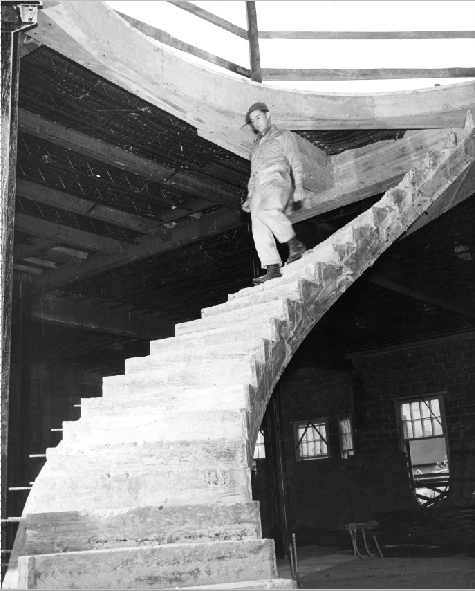There is nothing like a classic Noël Coward comedy to kick off an Eastern Shore fall, and the Tred Avon Players had that in mind when they decided to produce Blithe Spirit, starting next week at the Oxford Community Center.
The Spy sat down with TAP director Alison Lynch and actor Christina Underwood, who plays Ruth Condomine, to get a sneak preview of this fun story of novelist Charles Condomine, who invites an eccentric medium, Madame Arcati, to his home to conduct a séance as research for his next book.
However, things take a turn for the otherworldly when Madame Arcati accidentally summons the ghost of Charles’s first wife, Elvira, who is determined to disrupt his new marriage. Chaos ensues as Charles is caught between two wives—one living and one deceased—in a battle of wits and wills.
The production features a stellar cast of local talent, bringing Coward’s unforgettable characters to life. Greg Allis takes on the role of Charles Condomine, the skeptical novelist, with Christina Underwood as his strong-willed second wife, Ruth. Jackie Royer portrays the ghostly and mischievous Elvira, Charles’s first wife, while Michelle Spain embodies the spirited medium, Madame Arcati. Herb Zeigler and Debbie Harmon play Dr. Bradman and his wife Violet, the Condomines’ loyal friends, and Lindley Bounds completes the cast as Edith, the eager-to-please maid.
Performances will be held at the Oxford Community Center, 200 Oxford Rd, Oxford, Md. Thursday, Friday and Saturday shows start at 7:30 pm and Sunday matinees at 2:00 pm. Tickets are adults $25 / students $15 (fees included). Thrifty Thursday (October 24) and Sunday matinees sell out quickly!
For more information or to purchase tickets, please visit www.tredavonplayers.com or contact the box office at (410) 226-0061.
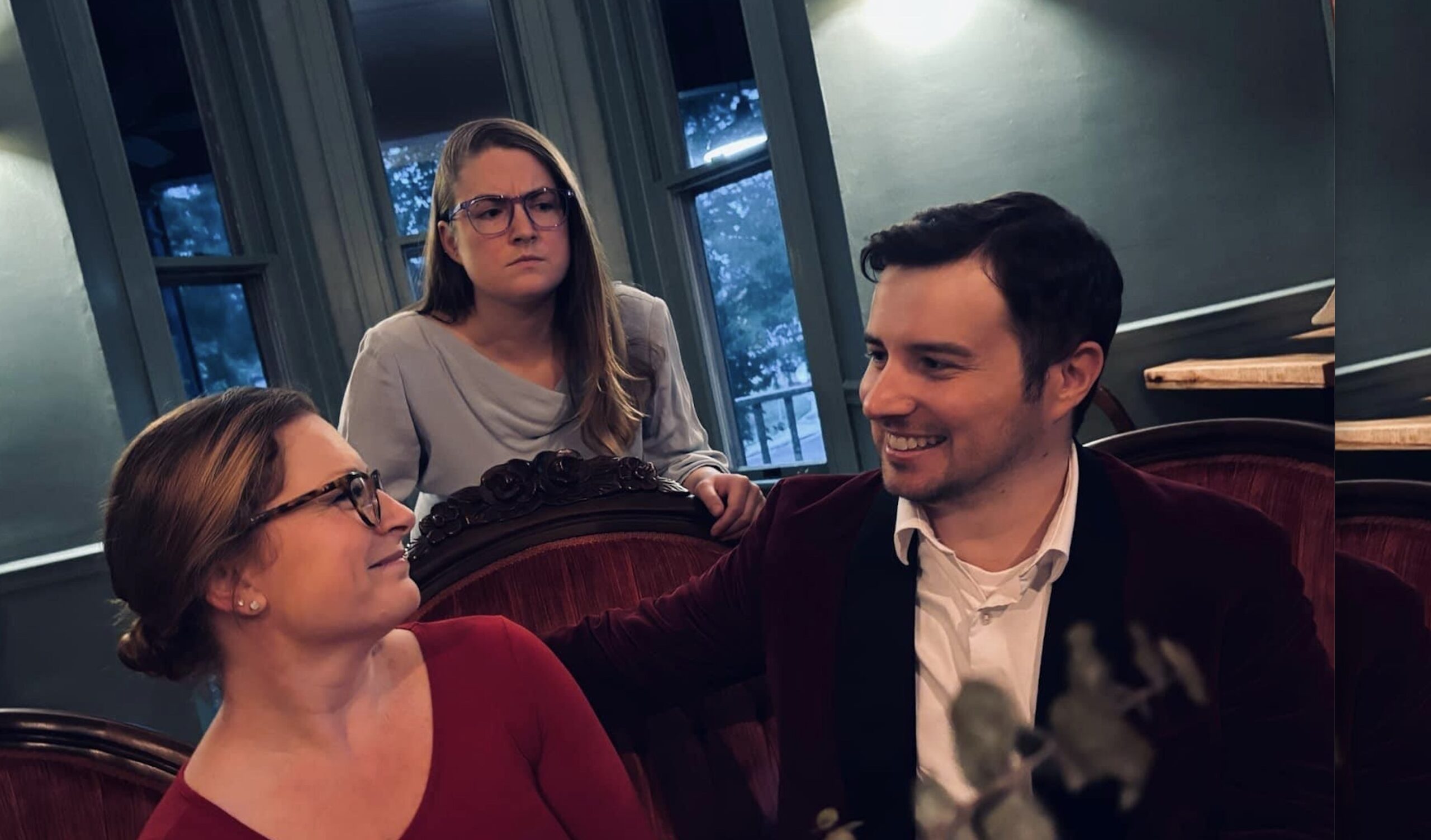

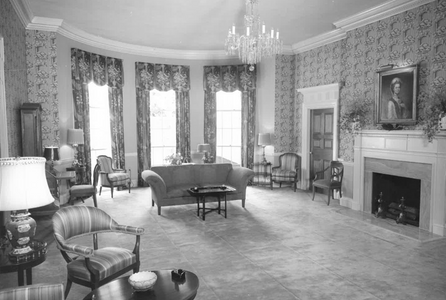

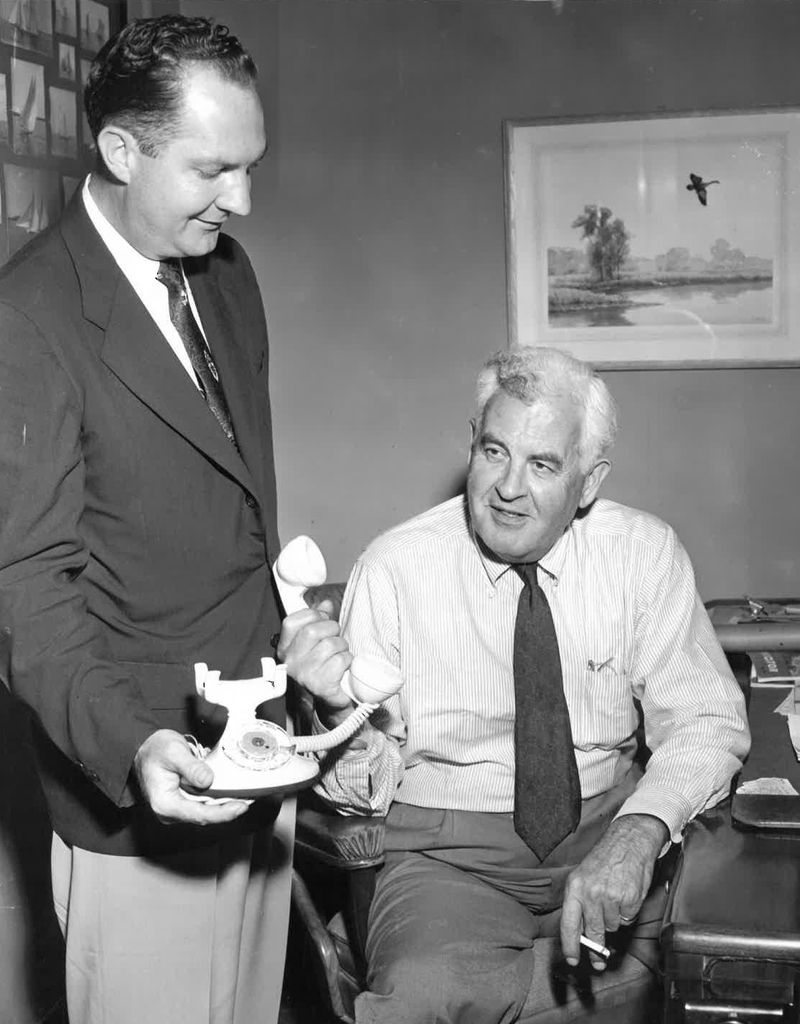
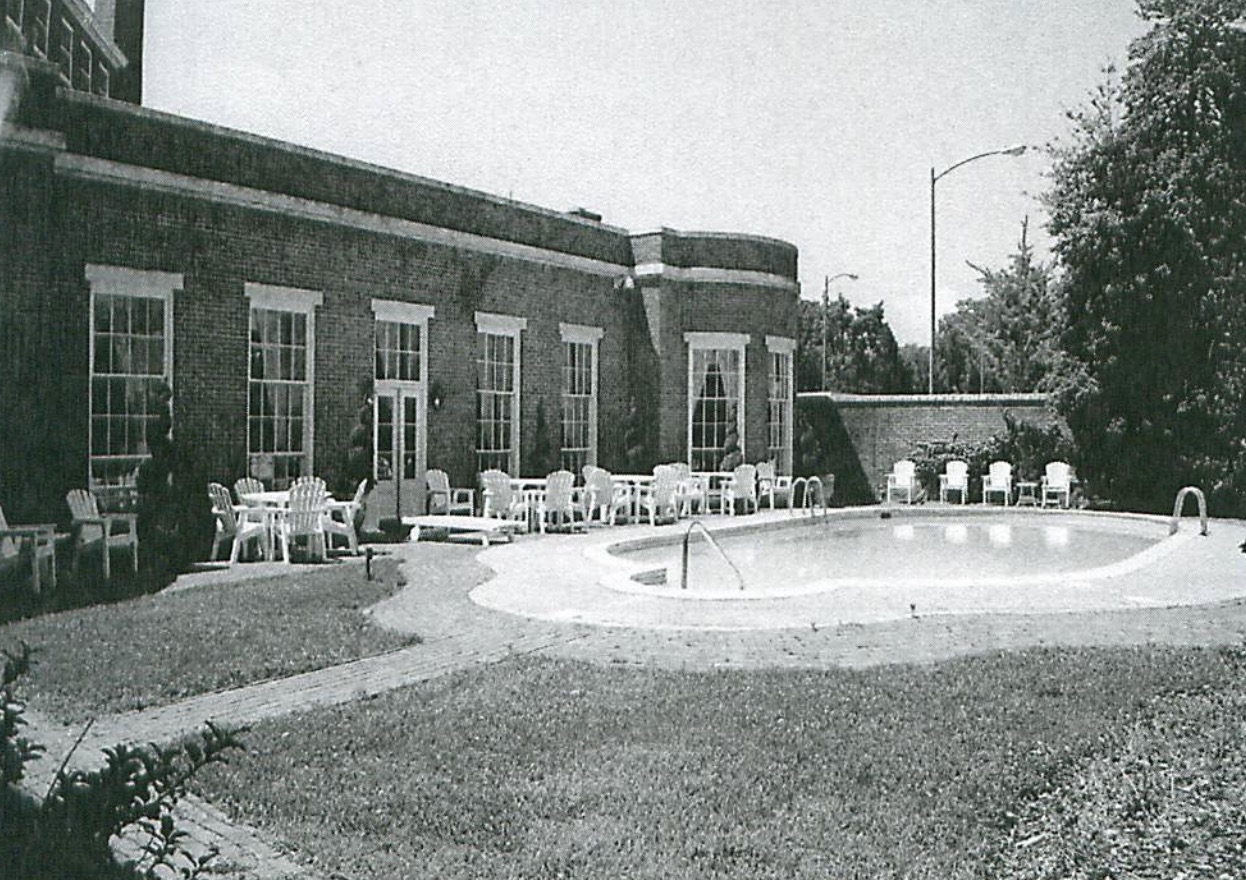
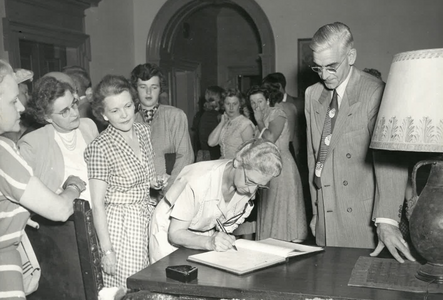
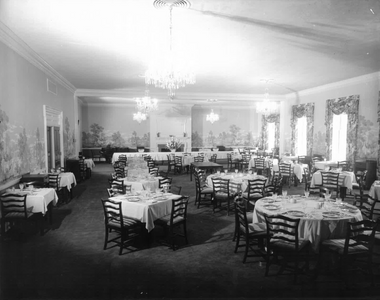
 The Tidewater Inn’s design was inspired by the Williamsburg Inn, blending a high-style plantation aesthetic with the relaxed rural hospitality of local estates such as Wye House. This hospitality extended to the Maryland House and Garden Pilgrimage in 1949 and beyond, where guests could board hunting dogs in hotel kennels. The hotel reflects the tension between modern and traditional aesthetics, rural and urban space, and the southern and northern views of a border state.
The Tidewater Inn’s design was inspired by the Williamsburg Inn, blending a high-style plantation aesthetic with the relaxed rural hospitality of local estates such as Wye House. This hospitality extended to the Maryland House and Garden Pilgrimage in 1949 and beyond, where guests could board hunting dogs in hotel kennels. The hotel reflects the tension between modern and traditional aesthetics, rural and urban space, and the southern and northern views of a border state.